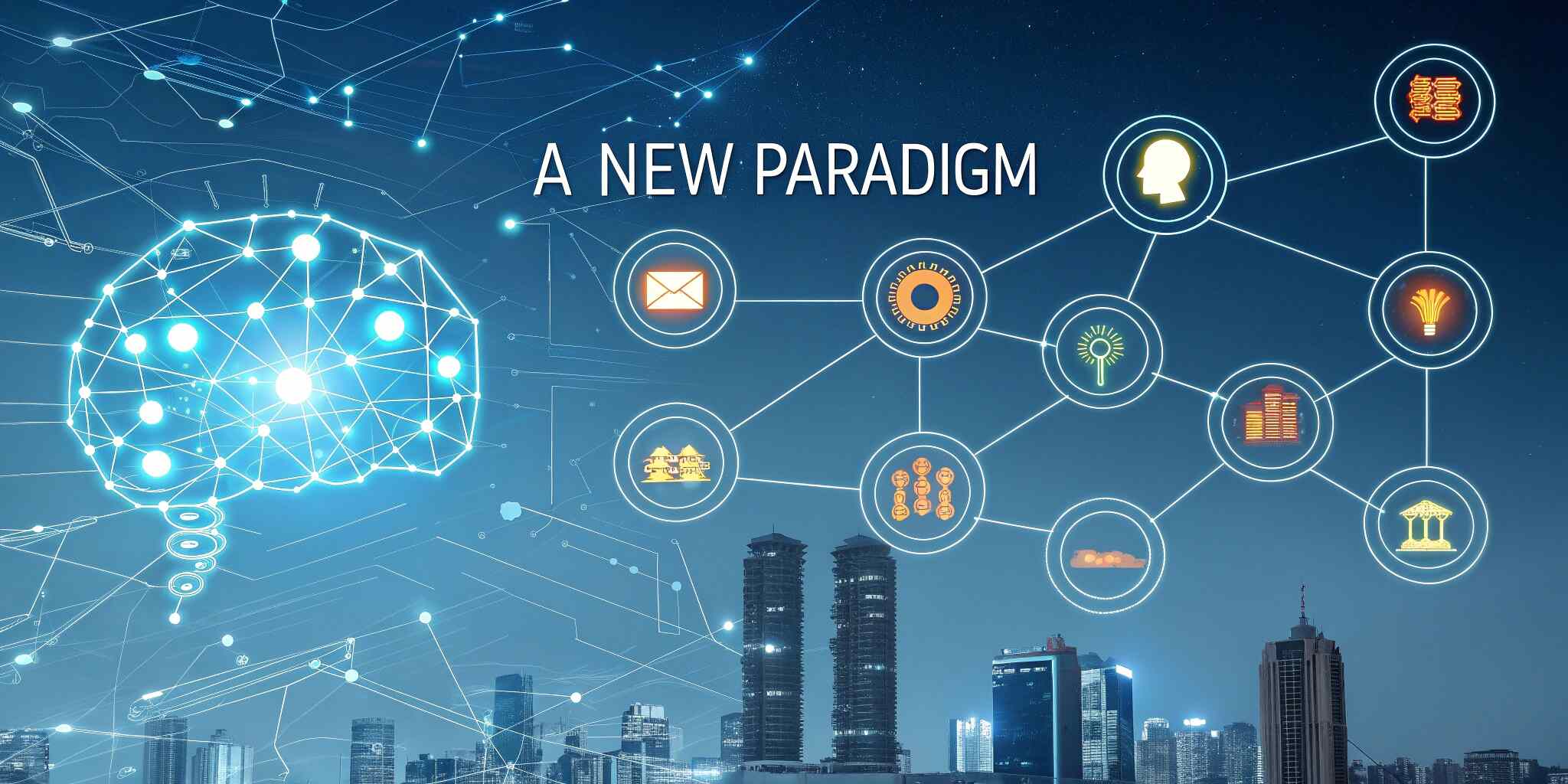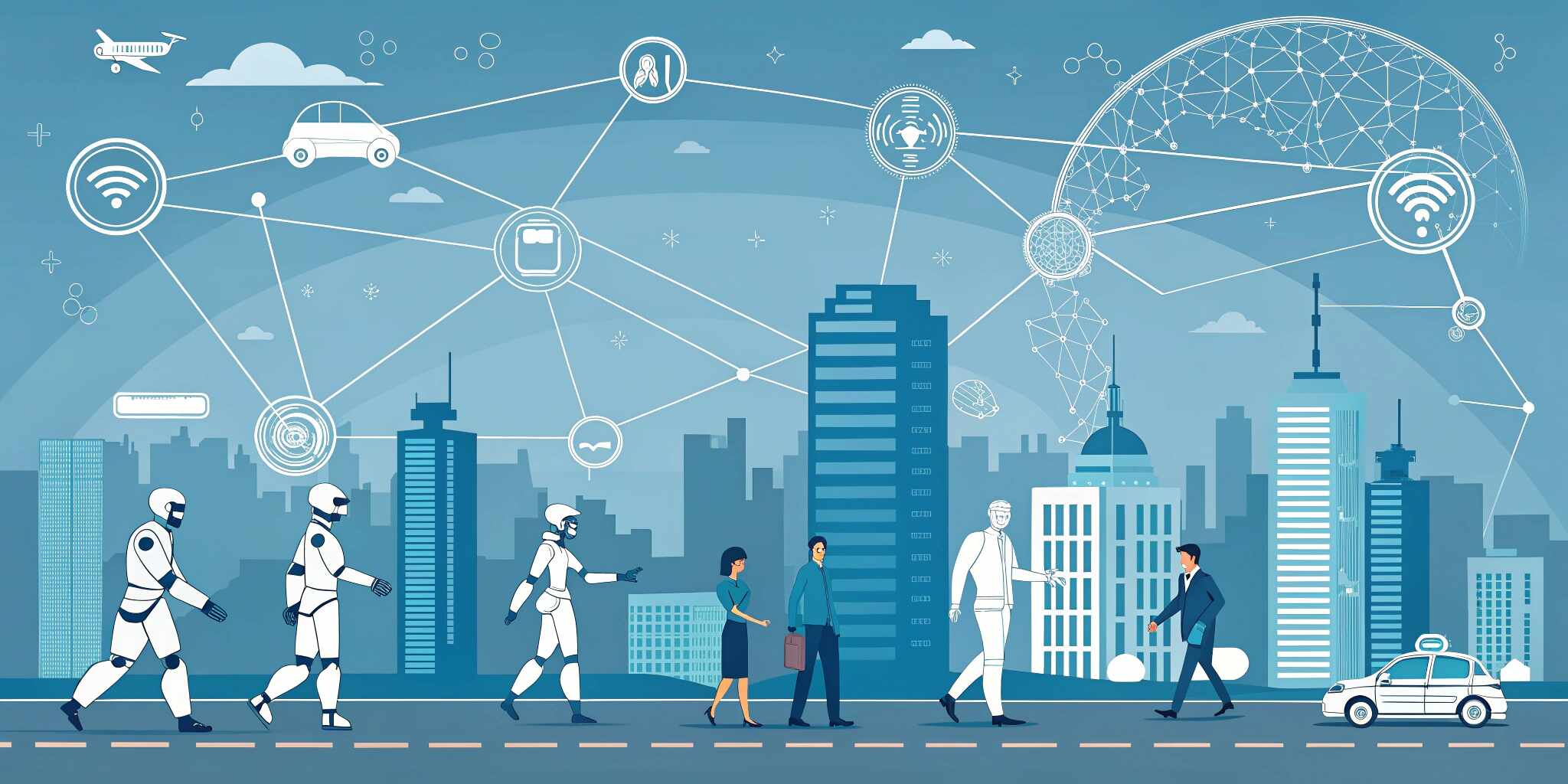The rise of artificial intelligence and machine learning has exposed the limitations of traditional computing architectures. Conventional systems struggle with real-time learning, parallel processing, and energy efficiency when compared to the human brain. This gap has led to the emergence of neuromorphic computing, a new paradigm designed to simulate the way biological brains process information. Neuromorphic systems promise to revolutionize AI by making it more adaptive, efficient, and capable of processing data in real time.
What is Neuromorphic Computing?
Neuromorphic computing refers to building hardware and systems that mimic the neural architecture of the human brain. Unlike conventional computers that process data sequentially, neuromorphic systems operate in a parallel and event-driven manner. They use spiking neural networks, where information is transmitted through electrical pulses that resemble the way neurons communicate. This approach reduces energy consumption and allows systems to respond only when significant changes occur in the environment.
Key Components of Neuromorphic Computing
At the heart of neuromorphic computing are specialized chips such as Intel’s Loihi and IBM’s TrueNorth. These chips are designed to handle spiking neural networks and process information in ways similar to human cognition. Another key component is the memristor, a device that combines memory and resistance, enabling hardware to remember past signals and adjust accordingly. Neuromorphic systems also rely on asynchronous processing units, which allow different parts of the chip to work independently without waiting for a central clock.
Benefits of Neuromorphic Computing
Neuromorphic computing offers several groundbreaking benefits. The most significant is its ultra-low power consumption, making it ideal for edge devices like drones, sensors, and mobile robots. It also enables real-time data processing, allowing machines to make immediate decisions without relying on cloud-based computations. Additionally, neuromorphic systems are naturally scalable and capable of parallel processing, which improves performance for tasks like pattern recognition, adaptive learning, and anomaly detection.
Applications of Neuromorphic Computing
This new computing model is finding applications across multiple industries. In edge AI, neuromorphic chips are powering smart sensors, autonomous drones, and vehicles that need to process data locally without consuming too much energy. In healthcare, neuromorphic systems are being used for brain-computer interfaces and neuroprosthetics, enabling devices to interact more naturally with the human nervous system. Robotics is another key area, where neuromorphic chips help robots learn from real-world interactions in real time. Cybersecurity can also benefit from neuromorphic computing, as it allows for faster anomaly detection directly at the data source. Additionally, neuromorphic chips are powering smarter IoT devices that require continuous operation with minimal battery usage.
Neuromorphic Computing vs Traditional AI Hardware
Unlike traditional AI systems, which often rely on large-scale cloud servers for model training and inference, neuromorphic computing enables learning and decision-making directly on the device. This significantly reduces latency and energy usage. Traditional AI typically involves training models in a data center, deploying them to an application, and periodically retraining them. Neuromorphic systems, by contrast, allow devices to learn continuously from their environment, just like biological organisms.
Challenges and Limitations
Despite its potential, neuromorphic computing is still in an early development phase. There is currently a lack of standardized programming models, making it difficult for developers to write code for these systems. Hardware design is also complex and expensive, slowing down widespread adoption. Furthermore, the software ecosystem is limited, which presents additional barriers for researchers and businesses looking to experiment with neuromorphic hardware.
The Future of Neuromorphic Computing
Looking ahead, neuromorphic computing is expected to complement traditional systems rather than replace them. Its strengths in real-time, low-power decision-making will make it essential for next-generation AI applications, particularly in fields like robotics, healthcare, IoT, and smart city technology. As research advances and development tools become more accessible, neuromorphic computing will likely become a cornerstone of future computing innovation.


